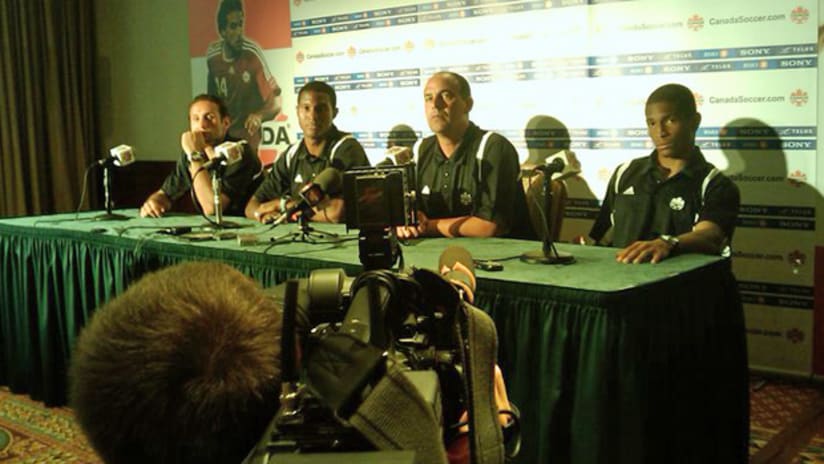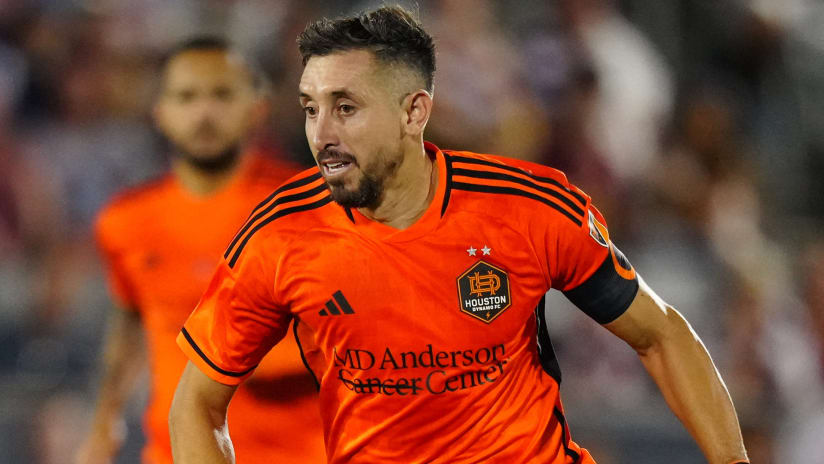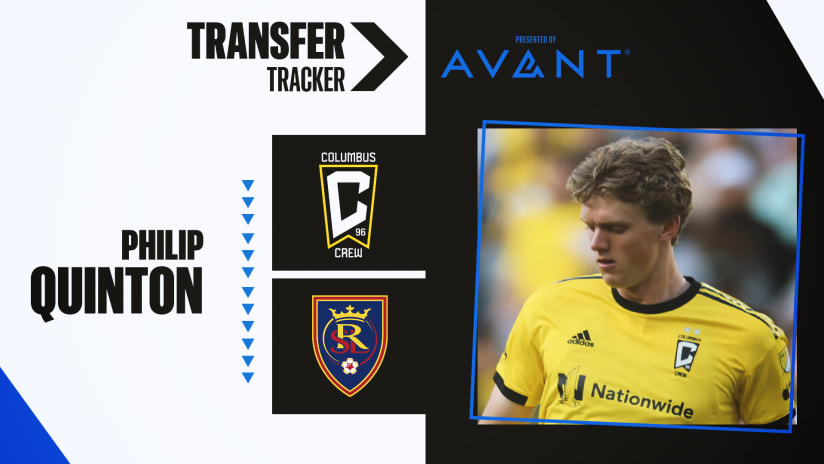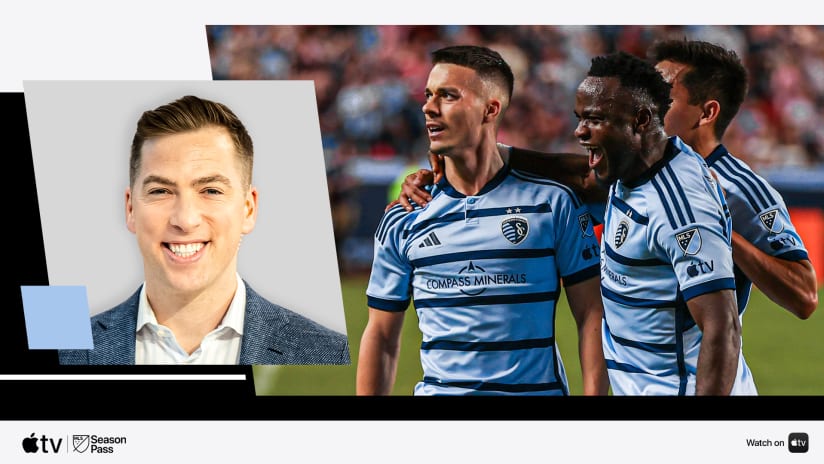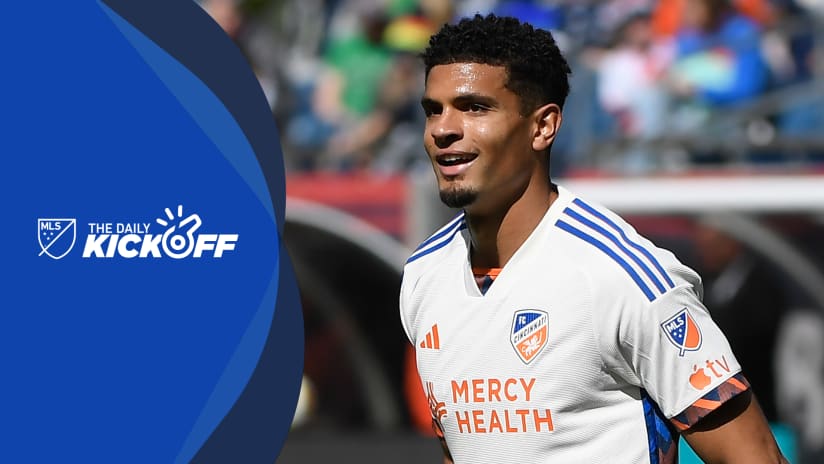TORONTO – Just two months after the end of the 2010 FIFA World Cup, talk has already begun on qualifying for the next edition four years from now.
Likewise, Canada isn’t wasting any time.
Stephen Hart’s side is embarking on the long road to Brazil 2014 when it faces Peru in a friendly Saturday at Toronto's BMO Field. The match marks Canada’s first against the CONMEBOL nation and both teams’ first contest since the World Cup.
Hart put his 20-man squad through training in Alliston, Ontario, from Monday with a specific purpose in mind.
“We’re continuing on the path that we have set out, which is to create depth in the squad, to look at players, give them the opportunity to play internationally, and I’ve been hammering away at that with the players,” Hart said. “They all know where they stand and what we’re trying to do, and we have an opportunity to come out against a very good Peru squad and hopefully it’s the beginning of that building process.”
[inline_node:317557]Fans will see a Peru side that has ascended from 91st a year ago to No. 39 today in the FIFA rankings, even though they have not played since last September.
However, Peru finished last of 10 teams in South American qualifying for the 2010 World Cup. Sergio Markarian took over after that woeful performance and for his first game has named a 22-man roster to face Canada. Peru then face Jamaica on Sept. 7.
Peru are led by AC Fiorentina midfielder Juan Vargas, Schalke 04 striker Jefferson Farfán and Lech Poznan striker Hernán Rengifo. But missing are Werder Bremen striker Claudio Pizarro and striker Johan Fano of Atlante, who had three goals in qualifying.
“Offensively, they’re a very nice team and can potentially be a very difficult team to play against,” Hart said. “So we will have to adapt very quickly and play the game in such a way that, hopefully, we can dictate how the game goes.”
Peru and Canada are on common courses. Both are trying to overcome long World Cup droughts (28 years for Peru, 24 for Canada) and are preparing for their respective continental championships next year.
While wins will aid in both, Hart is more particular about his team’s overall play.
“What’s important is how we perform, how we play the game how many chances we can create and, of course, we’re playing for the result,” he said.
“But the most important thing for me is how we approach the game, how we put ourselves onto the game, how we deal with setbacks. All the things that may come up in the future, for me, is far more important than simply saying you won the game so everything is ok.”
However, tactical development and talent evaluation aren’t the only priorities against Peru, and then Honduras on Sept. 7 in Montreal. Building home support for the future is paramount.
“We hope to generate good support from the crowd,” Hart said. “I spoke to the players last night about what it would be like to play at home and what we should try to create for the future because it’s important when you play at home to get the necessary results, especially in the qualifiers.”
Midfielder Patrice Bernier echoed the same sentiment.
“[We’re trying to] generate some attachment to the fan base, so that when qualification comes around and we play at home, we collect the three points that we should be getting,” said the Danish-league veteran.
Canada’s interest in soccer is at an all-time high. Fans have not only demanded more home games, but also wins from the national team.
Hart said fans have to be front and center, though, and not critique from afar.
“The relationship with the public is that if you make a demand you have to come out and support it [the team],” Hart said. “If you’re going to be critical, don’t be critical from your home, be critical from the stands, so that’s what we’re hoping for.”

